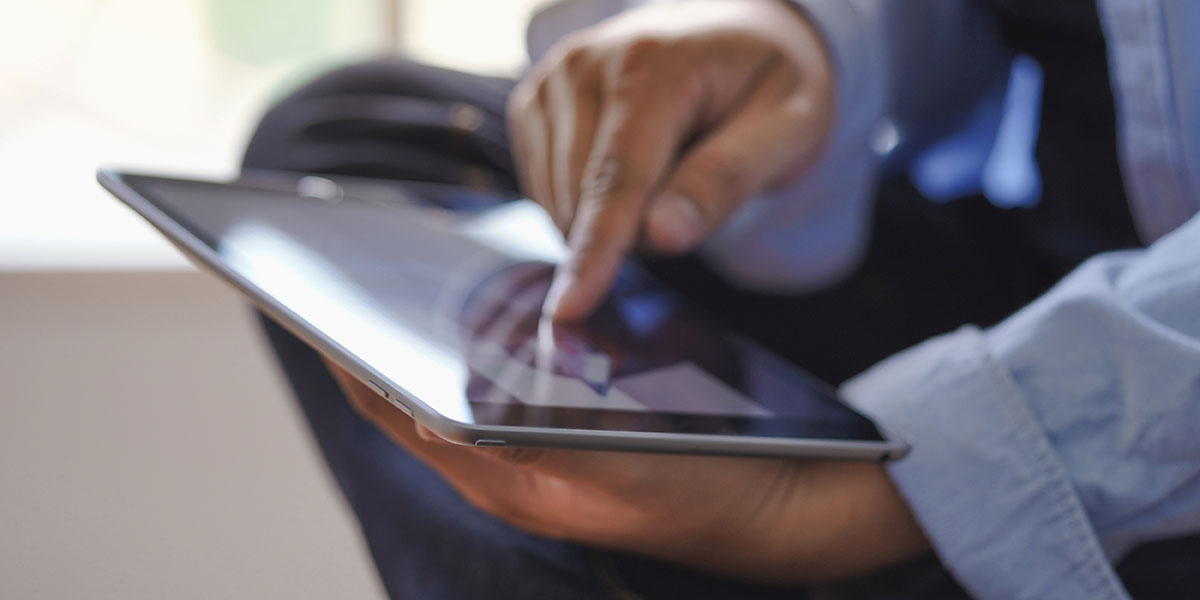With your smartphone, you can place a dinner reservation, buy a brand new TV, and now check-in for a doctor’s appointment. Most people have an idea about how digital healthcare will work in full implementation, but there are still some questions. There are things you just can’t perform over the phone, like surgery or setting a broken bone. So where does traditional healthcare end and telehealth begin?
Many basic procedures that take an unnecessary amount of time can be shortened immensely with telehealth—things like medication management, management of chronic health conditions, consultations, and follow-up visits. Many patients don’t need to visit a doctor’s office, or wait for extended periods of time, to merely renew a medication. Telehealth erases that and is convenient for not only the patient but for the physician’s schedule as well. Telehealth Uses
In one particular field, telepsychiatry, digital healthcare proves to be extremely useful. While psychiatry mainly deals with communication, the need for in-person meetings is eliminated. Many psychiatrists will perform psych evaluations over a video or phone call. Other forms of therapy can also still be accessed such as personal, family, or group therapy options. Prescriptions can also be given using this platform as long as proper safety precautions are taken to ensure the security of the patient’s privacy.
What other fields can flourish on a telehealth platform? Any ailment that only requires a visual for diagnosis can be assessed by sending images to a physician, or by conducting a video call. Teledermatology is one of the most common examples of telehealth for this reason. A patient can easily show a physician the progress of a rash and other skin outbreaks by taking a picture or simply showing their physician over a video call. Teleophthalmology, eye and vision care, can also be done using video or by sending images of the eye. This form of care is usually used for eye infections.
When patients have chronic health conditions that require constant check-ups and care, telehealth not only becomes helpful, but incredibly convenient. Their care can be a part of everyday life without causing them to stop everything, and repeatedly arrange an entire day around a doctor’s visit. Some patients have limited mobility, or live in rural areas where traveling to their doctor’s office could be difficult and potentially dangerous depending on their condition. (1)
One of the biggest benefits of telehealth is immediate access to specialists, any time, and anywhere. Patients no longer need to drive across the country to see a specialist for their particular ailment. While in-person evaluation can’t be eliminated entirely, sometimes a conversation is all that is necessary. This is especially helpful when a patient has a severe condition that could make travel difficult. For example, when a cancer specialist is needed, teleoncology can make all the difference.
Telehealth during COVID-19
In these times, telehealth is being used largely in hospitals and care facilities when the risk of exposure to COVID-19 is so high. Remote patient monitoring is creating new precedences in the industry and creating a new method of care that will reduce stress for hospital staff, and keep patients better cared for. Many RPM options offer vitals monitoring, which is designed to keep a closer eye on the patient while reducing the frequency of nurses’ rounds. Some platforms even offer two-way communication with doctors, specialists, and even family members, including our technology, VSTOne.
Telehealth reduces exposure to the virus for nurses who are running in and out of patient rooms daily. They are not only risking their own safety but risk carrying the virus from room to room on their clothes or equipment they have with them. If minimal room visits are necessary, then there is less risk for everyone involved. This also reduces the need for PPE in order to conserve it for situations where it’s needed most.
Conclusion
At the end of the day, in-person healthcare will never go away completely. But there are numerous telehealth uses that some healthcare professionals haven’t thought about implementing that could truly turn their jobs in a new direction—in a good way. So where should you begin?
Visit virtusense.ai.


